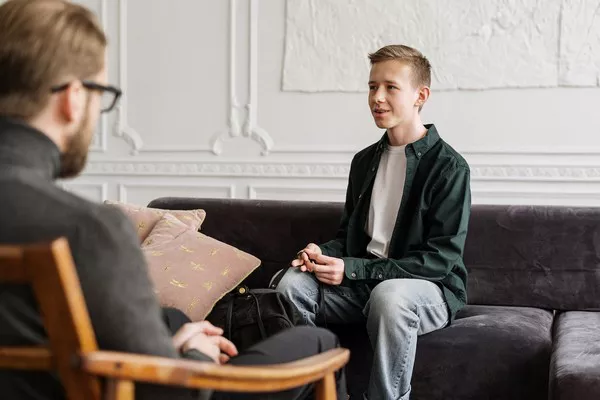Social phobia, also known as social anxiety disorder, is a common mental health condition that affects millions of people worldwide. It is characterized by intense fear and anxiety in social situations, often leading to avoidance behaviors and negative impacts on daily life. Here are 3 examples of social phobias and how to cope with them:
Fear of Public Speaking
Public speaking is one of the most common social phobias, affecting up to 75% of people. It involves a fear of speaking in front of others, whether in a formal setting such as a presentation or speech or in more casual situations such as social gatherings or meetings. People with this phobia may experience physical symptoms such as sweating, trembling, and nausea, and may avoid public speaking altogether.
Coping strategies for fear of public speaking include:
- Practice
Rehearsing speeches or presentations can help build confidence and reduce anxiety.
- Visualization
Imagining a successful outcome can help reduce anxiety and improve performance.
- Deep breathing
Taking slow, deep breaths can help calm the body and reduce physical symptoms of anxiety.
- Seeking professional help
Therapy and medications may be beneficial for those with severe social anxiety.
Fear of Crowds
Agoraphobia, or the fear of crowds, is another common social phobia. People with this phobia may avoid crowded spaces such as malls, concerts, or sporting events due to fears of being trapped, losing control, or experiencing a panic attack. They may also experience physical symptoms such as sweating, trembling, and rapid heartbeat in these situations.
Coping strategies for fear of crowds include:
- Exposure therapy
Gradually exposing oneself to crowded spaces can help reduce anxiety and build confidence.
- Mindfulness
Being present in the moment and focusing on breathing can help reduce anxiety and physical symptoms.
- Planning ahead
Having an escape plan or a supportive person to accompany you can help reduce anxiety.
- Seeking professional help
Therapy and medications may be beneficial for those with severe social anxiety.
Fear of Intimacy
Fear of intimacy, or the fear of emotional closeness and vulnerability, is another example of social phobia. People with this phobia may avoid intimate relationships or have difficulty forming close connections due to fears of rejection or abandonment. They may also experience physical symptoms such as rapid heartbeat and sweating in intimate situations.
Coping strategies for fear of intimacy include:
- Communication
Expressing fears and concerns with a partner or therapist can help build trust and reduce anxiety.
- Self-reflection
Examining past experiences and identifying patterns of behavior can help overcome fears and build self-esteem.
- Slow progression
Taking things slowly and gradually building trust can help reduce anxiety and build confidence.
- Seeking professional help
Therapy and medications may be beneficial for those with severe social anxiety.
In conclusion, social phobias can be challenging to overcome, but with the right coping strategies and professional help, it is possible to live a fulfilling and rewarding life. Understanding the signs and symptoms of social anxiety is the first step towards breaking the stigma and getting the help and support needed to overcome these challenges.

























